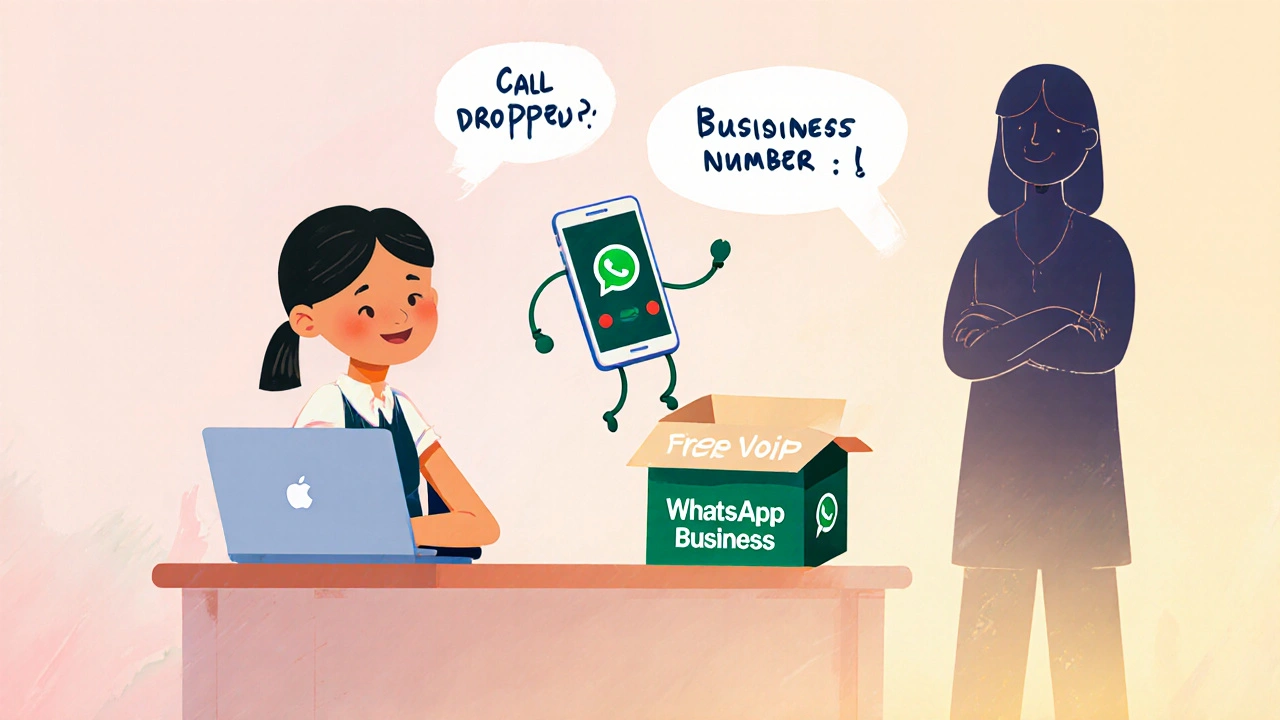Free Phone System: What It Really Costs and How It Works
When people talk about a free phone system, a cloud-based communication platform that lets businesses make and receive calls over the internet without traditional phone lines. Also known as VoIP phone system, it replaces expensive hardware with software that runs in the cloud. You don’t pay for copper wires—you pay for internet access and a subscription that often starts at $0. But here’s the catch: if someone says "free phone system" and doesn’t mention VoIP, they’re probably hiding the real cost.
True free phone systems rely on VoIP, technology that turns your voice into digital data sent over the internet. That’s why tools like virtual receptionist, an automated system that answers calls, routes them, and plays messages without a live person work so well—they’re built into the same platform. You get auto-attendants, call forwarding, and voicemail-to-email without buying a single phone. Companies like OpenPhone and others offer free tiers because they know you’ll upgrade once you see how much you save on long-distance and maintenance.
But free doesn’t mean basic. Modern free phone systems include cloud phone system, a phone service hosted online, not on-site, so you can use it from any device with internet features most businesses pay hundreds for: call recording, call tagging, and even keyword detection in call transcripts. These aren’t gimmicks—they’re tools that help small teams track sales leads, fix customer complaints faster, and reduce missed calls. You can set up a virtual receptionist in minutes, not weeks. No technician needed. No rewiring. Just a laptop and a good Wi-Fi connection.
Why does this matter now? Because landlines are dying. Phone companies are shutting down old networks, and businesses that cling to them are paying more for less. A free phone system isn’t just cheaper—it’s more reliable, more flexible, and more powerful. You can take your number to another country, record calls for compliance, or track how long agents spend on each call—all without spending a dime upfront.
Below, you’ll find real guides that break down exactly how these systems work: how to set up a virtual receptionist for remote teams, why cloud VoIP cuts costs by 75%, how to use call tagging to improve sales, and what you actually get in a free plan versus a paid one. No theory. No hype. Just what works for small businesses, schools, churches, and remote teams right now.
